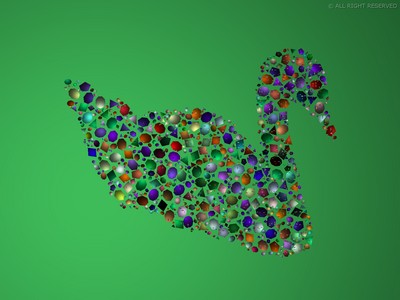Image design by principles and random sampling
Computer graphics has been naturally focusing on the modeling of natural objects and environments. However, research on image structure can go far beyond the simple reproduction of natural images. One feels the need to also explore all means of creating new shapes and images, regardless of their plausibility in the real world. There is, however, a limitation to the creation of new pictures: these pictures must be understandable to the human visual system. Existing abstract synthesis methods focus on a single generation rule and generate a rather limited set of images. This limitation can be overcome by combining randomly various generation principles. Doing so gives access to a vast and still unexplored set of possible images. The complexity of the generated images derives from the systematic and randomized use of image generation principles taken from abstract art such as occlusion, transparency, exclusion, inclusion, tessellation, symmetries, nonlinear deformations, etc... We show experimentally here that there are many more perceptually understandable images than those created by current image synthesis methods.
- Basic Online
DEMO (implemented at IPOL (Image Processing Online Journal) DEMO site)
- Online
DEMO using background silhouettes (implemented at IPOL (Image Processing Online Journal) DEMO site)
- Image Albums with Experiments
- Publications:
- Luis Alvarez, Yann Gosseau, Jean-Michel Morel and Agustin Salgado. "Exploring the space of abstract textures by principles and random sampling", Journal of Mathematical Imaging and Vision 2015 (PDF)
- External related links:





